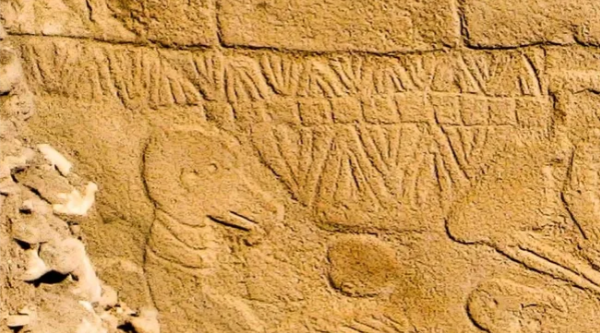
- A-
- A
- A+
Found a planet with a rain of rubies and sapphires
HAT-P-7b is removed from the Earth by about a thousand light-years.
Astronomers have discovered a planet where night rains, “drops” which represent crystals of rubies and sapphires. We are talking about the exoplanet HAT-P-7 b according to a paper published in the journal Nature Astronomy.
Planet HAT-P-7b or Kepler-2b, was one of the first planets that were discovered or whose existence was confirmed by the orbital telescope “Kepler”. This is a typical “hot Jupiter” – a gas giant which orbits very close to the sun. Because of this, the temperature of the atmosphere of Kepler-2b exceeds 2500 degrees on the “Sunny” side, and about 1300 degrees at “night” side.
Since HAT-P-7b is removed from us by about a thousand light-years, its atmosphere, and other properties cannot be studied directly . Therefore, scientists have to reveal their secrets, focusing on how changing the brightness, location and pattern of its spectrum and other properties of its glow under the action of the weather and other factors.
Orbital telescope “Kepler” constantly watched HAT-P-7b during the first four years of operation, which allowed the astronomers to study in detail the variation in the brightness, spectrum and other characteristics of the “hot Jupiter”.
Observations revealed the unexpected thing – was that the brightest (and hottest) point in the atmosphere of HAT-P-7b was constantly moving and not standing in the place which directly “looking” at a star and gets her off the most heat. It is pointed out that in the air “hot Jupiter” raging powerful storm, prikonaya relatively cold air masses and clouds from the night side of the planet.
Clouds, as suggested by the authors, consist of corundum – the mineral that makes up rubies, sapphires and many other precious stones. Accordingly, these clouds if they are delayed for a night party, where this compound can exist in liquid form may saturate the lower layers of the atmosphere of HAT-P-7b “ruby” and “sapphire crystal” drops.
Such “precious clouds”, as scientists believe, are formed on the boundary between day and night sides of HAT-P-7b, where the temperatures are low enough for condensation of sapphires and rubies from the vapors of corundum.
From there they are carried by powerful winds on the illuminated side of the planet, where he quickly closed the atmosphere, increasing its reflectivity, which leads to its rapid cooling. As a result, the wind weakened and transportation of clouds from the night to the day side stops. Clouds gradually evaporate, and the cycle of birth and destruction is repeated again.
Similar News
Links


 Elm TV
Elm TV
 Photo
Photo
 Video
Video





